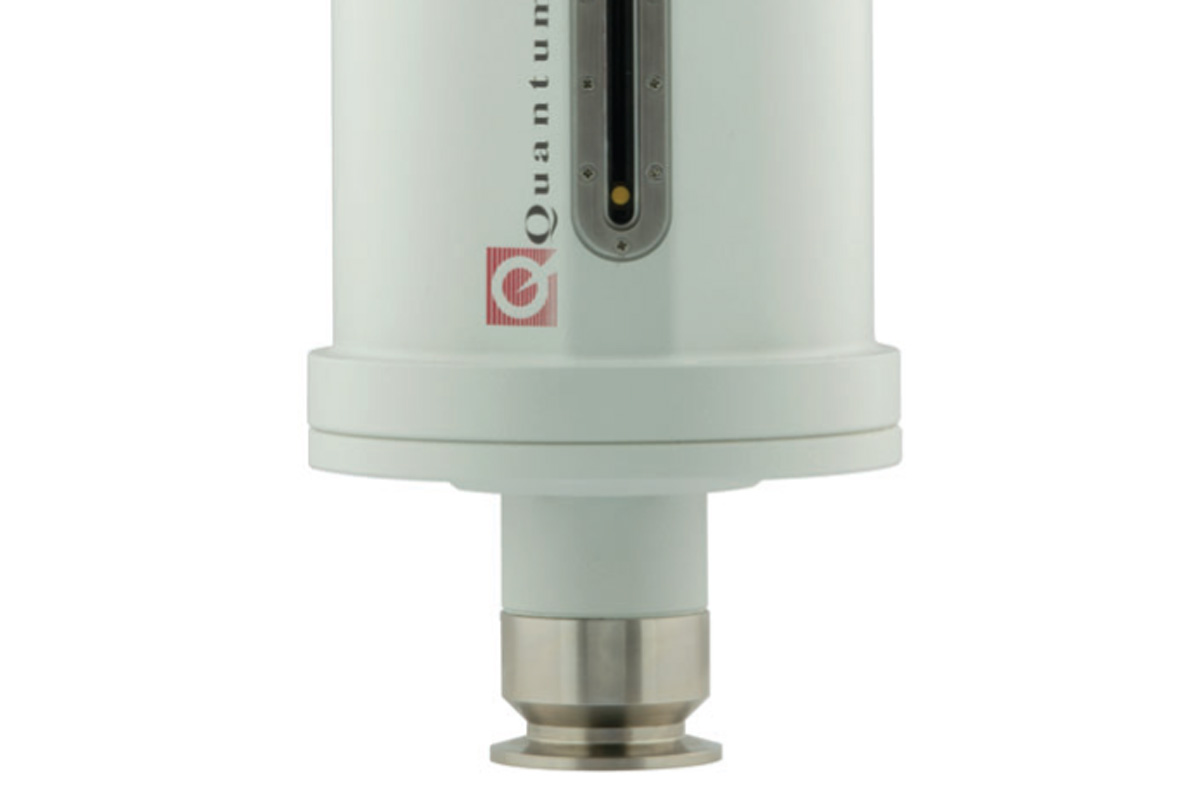
Method description
The measurement of magnetic properties allows direct investigation of the magnetic response of the sample. Generally, two main approaches are possible - the measurement of the magnitude of the magnetic moment (DC magnetization) in the applied magnetic field or measurement of the response to the alternating magnetic field at a given frequency. These approaches give slightly different and often complementary information and therefore a choice has to be made depending on the system under investigation and/or the goal of the measurement.
The latter one is usually easy to do - a sample is placed in the set of coils and its response to the alternating magnetic field (driven via primary coil) is observed through measurement of the voltage on the secondary coil(s). The sensitivity varies, depending on the filling factor, frequency, and choice of the readout electronics. At low (sub kelvin) temperatures the set with the superconducting primary coil can be used to reduce heat dissipation.
The DC magnetization can be measured by multiple methods, most often used are the following:
- VSM (vibrating sample magnetometer): sample vibrates (~10 Hz) in pick-up coils
- extraction magnetometer: sample is pulled through the coils
- using Hall probes: the sample is placed in the vicinity of the Hall cross, the obtained magnetic/field evolution is then scaled using another method in an overlapping region
- torque magnetometry: a torque-lever chip mounted on a PPMS horizontal rotator for performing angular-dependent magnetic moment measurements
Where to use it?
Magnetization method is available in the following cryostats:
